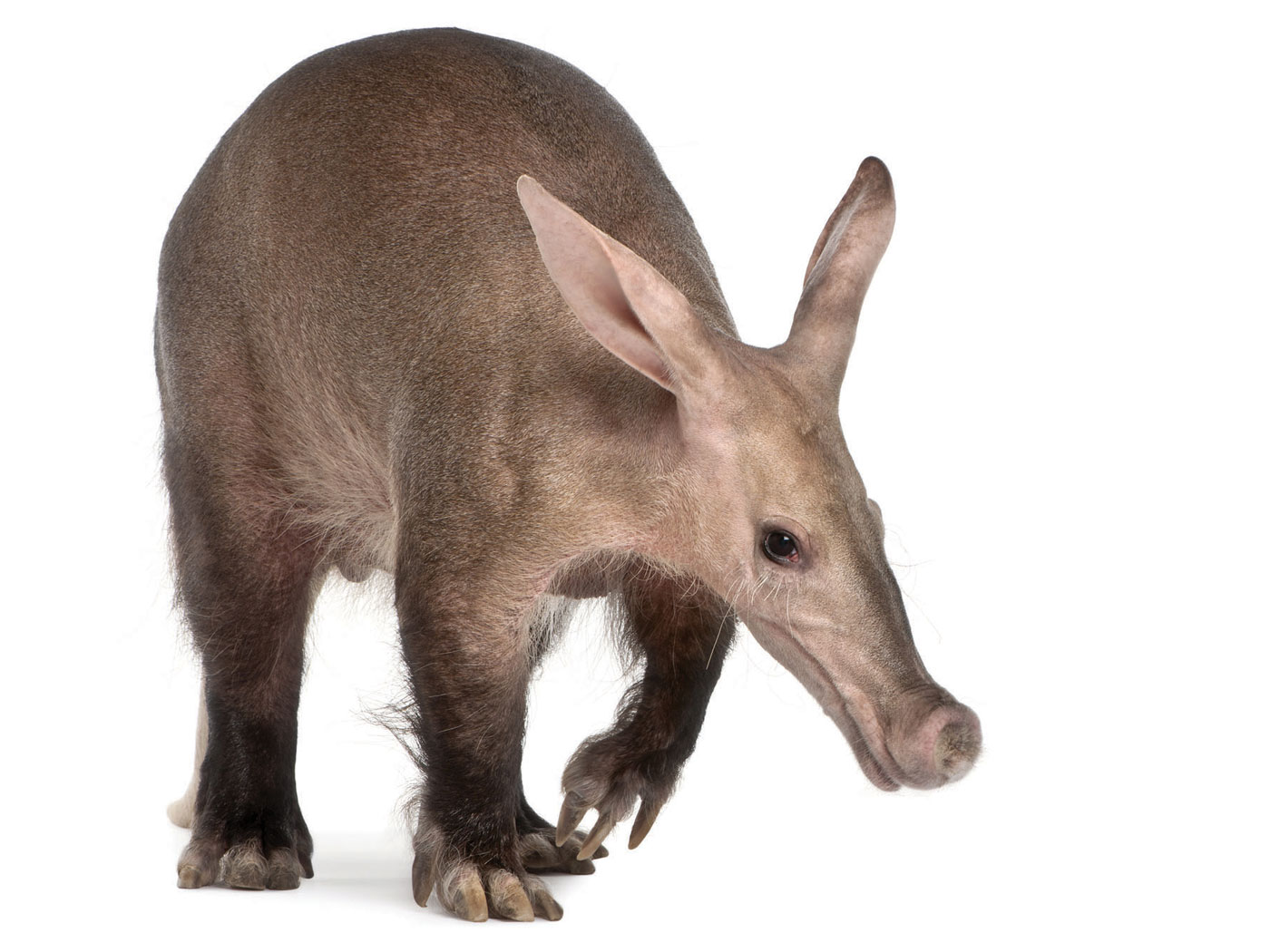Since Lee Berger and his team announced their discovery of Homo naledi,1 they have been claiming that the bones found in the Dinaledi Chamber, South Africa, were deliberately disposed by living Homo naledi.2 While some objected to this interpretation,3-5 Berger’s team stuck with it and continued to promulgate the human-like behavior associated with purposeful burial.6
Homo naledi was an ape—evidence from all sides points to this. ![]()
A new study published in PNAS strikes another blow against the deliberate disposal interpretation.7 Charles Egeland at the University of North Carolina at Greensboro and his colleagues from across the globe used machine-learning technology to reassess the Homo naledi discovery site and another cave site in Spain called Sima de los Huesos.
The authors explained their methods:
Here we employ a machine-learning approach that compares hominin skeletal part representation in the SH [Sima de los Huesos] and DC [Dinaledi Chamber] assemblages to 14 modern and prehistoric accumulations of modern human, archaic human, australopith, and nonhuman primate skeletal remains.7
In other words, the scientists “taught” their computer program to recognize patterns by studying known sites of hominin accumulations. Then, the scientists turned their computer program on the Dinaledi Chamber (DC) and the Sima de los Huesos (SH) site, two deep-cave locations containing multiple hominin remains.
The results were consistent and noteworthy. They reported,
In all of the models except for the neural network (NN) [a particular machine-learning algorithm], the most likely classification of the SH and DC is in the group that includes the modern cave baboons and scavenged modern human corpses.7
Egeland and his colleagues added, “As to the DC assemblage, skeletal part data suggest that, similar to the situation at the SH, hominin corpses did not arrive in the chamber as complete skeletons and/or experienced some postdepositional disturbance.”7
Finally, the scientists acknowledged “that the results presented here do not refute outright a hominin origin for the SH and DC assemblages, but we do contend that the data also support partially or completely nonanthropogenic formational histories.”7
Nevertheless, the recurrent clustering of the DC assemblage with the disturbed and carnivore-consumed samples and, in particular, the naturally accumulated bone sample of cave baboons, is intriguing.7
These conclusions match the available bone studies done recently by O’Micks that suggest Homo naledi was nothing more than an ape, similar to the australopith Lucy.8-10 And these results fit the interpretation by Clarey that the bones of Homo naledi were most likely washed in during Ice Age flooding of the Rising Star Cave system, which includes the famous Dinaledi Chamber.5
Apes, like Homo naledi, were merely one of the animal kinds created along with humans on Day 6 of Creation Week. ![]()
Homo naledi was an ape—evidence from all sides points to this. And the bones in the Dinaledi Chamber and other chambers in the cave system represent assemblages of apes caught in the wrong place at the wrong time. Only humans were created in the image of God. Apes, like Homo naledi, were merely one of the animal kinds created along with humans on Day 6 of Creation Week.
References
- Berger, L. R. et al. 2015. Homo naledi, a new species of the genus Homo from the Dinaledi Chamber, South Africa. eLife. 4: e09560: 1-35. DOI: 10.7554/eLife.09560.
- Dirks, P. H. G. M. et al. 2015. Geological and taphonomic context for the new hominin species Homo naledi from the Dinaledi Chamber, South Africa. eLife. 4: e09561:1-37. DOI: 10.7554/eLife.09561.
- Val, A. 2016. Deliberate body disposal by hominins in the Dinaledi Chamber, Cradle of Humankind, South Africa? Journal of Human Evolution. 96: 145-148.
- Thackeray, J. F. 2016. The possibility of lichen growth on bones of Homo naledi: were they exposed to light? South African Journal of Science. 112 (7/8): 1-5.
- Clarey, T. L. 2017. Disposal of Homo naledi in a possible deathtrap or mass mortality scenario. Journal of Creation. 31(2): 61-70.
- Dirks, P. H. G. M. et al. 2016. Comment on “Deliberate body disposal by hominins in the Dinaledi Chamber, Cradle of Humankind, South Africa?” Journal of Human Evolution. 96: 145-153.
- Egeland, C. P. et al. 2018. Hominin skeletal part abundances and claims of deliberate disposal of corpses in the Middle Pleistocene. PNAS. 115 (18): 4601-4606. DOI.org/10.1073/pnas.1718678115.
- O'Micks, J. 2016. Homo naledi Probably Not Part of the Human Holobaramin Based on Baraminic Re-Analysis Including Postcranial Evidence. Answers Research Journal. 9: 263-272.
- O'Micks, J. 2017. Further Evidence That Homo naledi Is Not a Member of the Human Holobaramin Based on Measurements of Vertebrae and Ribs. Answers Research Journal. 10: 103-113.
- O'Micks, J. 2017. Likely Discontinuity Between Humans and Non-Human Hominins Based on Endocranial Volume and Body Mass with a Special Focus on Homo naledi—A Short Analysis. Answers Research Journal. 10: 241-243.
Stage image: Lee Berger
Stage image credit: Copyright © 2018. Wits University. Used in accordance with federal copyright (fair use doctrine) law. Usage by ICR does not imply endorsement of copyright holder.
*Dr. Timothy Clarey is Research Associate at ICR. He earned a Ph.D. in geology from Western Michigan University




















